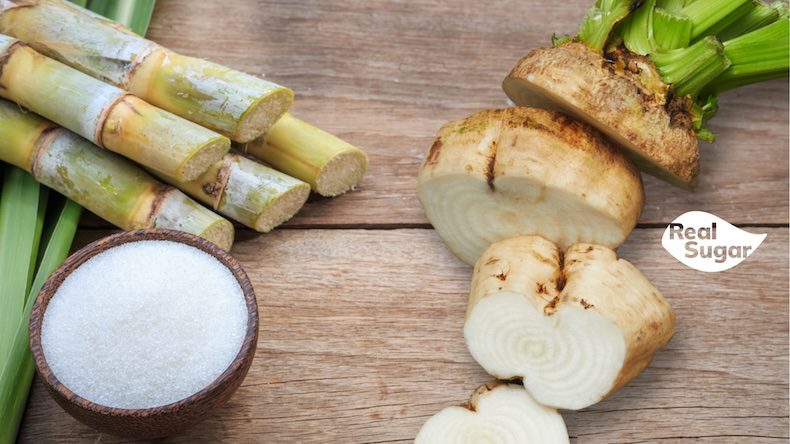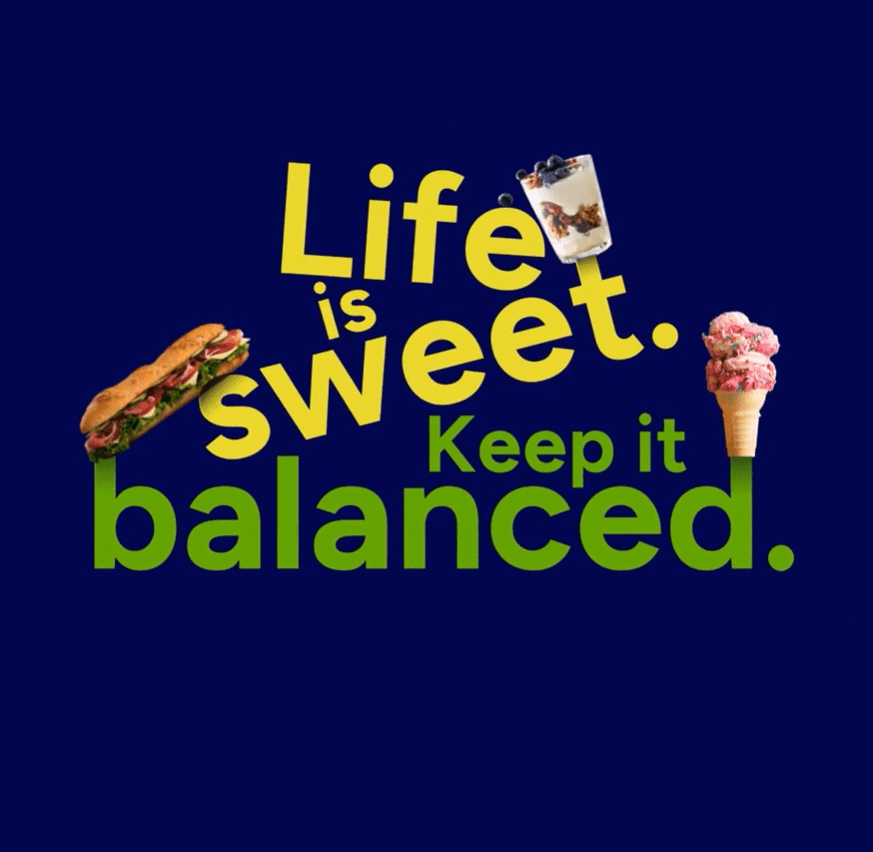Real sugar is the gold standard for sweetness, but its other functions in food are just as important and certainly not as well known. Sugar balances acidity, prevents spoilage, allows yeast to do its work and much more. Sugar is often used in recipes for reasons that have little to do with its sweet flavor, playing an essential role in the way foods look, last and taste.
Because of the many functional roles sugar can play in a product, reducing sugar often isn’t as simple as just cutting the sugar in the recipe. There is no single ingredient that can replace sugar’s flavor and function. For example, sugar may be added to a cereal to mask the bitter taste of fiber or added vitamins, increase bulk and lengthen the shelf life. If you reduce or take out some sugar, several ingredients will need to be added to replace all of these functions.
With current consumer interest in lowering added sugars, many products are cutting back on sugar and putting new ingredients in, including the many different alternative sweeteners. These sweeteners can be hard to identify in foods because consumers must be familiar with their names and know to look for them on the ingredient list. Knowing where they come from and how they are produced is important to making informed choices about products—just like it is important to know where real sugar comes from.
Here is a link to an infographic with basic information about some of the most popular caloric, low-and non-caloric sweeteners, and a few are highlighted below with real sugar as a comparison.
Real sugar comes from sugar beet and sugar cane plants. After the plants are harvested, sugar is removed from the plant through crushing, cutting and boiling. It is then filtered, washed and crystallized to produce the sugar we find in our pantries. Sugar has 15 calories per teaspoon.
Honey is produced by bees with the nectar they collect. It is harvested by beekeepers and then filtered/processed commercially. Taste color and flavor all depend on the types of flowers the bees have collected nectar from. Basic commercial honey tends to be a mix of different nectars to ensure consistency and flavor. Honey has 20 calories per teaspoon.
Allulose is a “rare sugar” naturally present in wheat, figs and raisins. However, it is manufactured from corn through enzymatic reactions. It has the same chemical formula as fructose but it is arranged differently. It isn’t metabolized by the body and may cause GI distress similar to sugar alcohols. Allulose has 1.6 calories per teaspoon.
Stevia is produced by boiling the leaves of the stevia plant and passing the liquid through a resin before washing it in alcohol to release the sweet glycosides. These are then recrystallized to produce the commercials products. The most common glycosides are stevioside and rebaudioside A (Reb A). Stevia can leave a bitter aftertaste. Stevia consumer products are often mixed with erythritol or sugar. Stevia has 0 calories per teaspoon.










Get Social with #MoreToSugar